HTPLA – Galactic Empire Metallic Purple
$45.90
Galactic Empire Metallic Purple HTPLA has presence and prestige! Purple is the color of royalty after all. So park your star destroyer and roll out
0.5kg - Metallic Purple
In stock
Designed in collaboration with local artist, Rose “Maz” Moore of the creative duo “Maz and Attero” (etsy.com/shop/mazandattero or mazandattero.xyz) and named by the community, Galactic Empire Metallic Purple HTPLA has presence and prestige! Purple is the color of royalty after all. So park your star destroyer and roll out the red carpet because this rich, dark purple is complimented with some big, silver fleck for just the right metallic pop!!!
Specs
Semi crystalline, heat treatable PLA for high temp use
Density: 1.24 g/cc
Length: 346 m/kg (1.75) 130 m/kg (2.85)
Typical Printing Temp: 205-225 C
Glass Transition (Tg)*: 60 C
Peak Crystallization (Tc)**: 95-115 C
Onset to Melt (Tm)***: 155 C
Typical change when heat treated: -2% x/y +1% z
Link to Safety Data Page
*max use with no heat treat & max platform temp
**heat treating @ temp 10+ min depending on size/mass
***max use when heat treated (annealed or crystallized)
HTPLA prints well at 205-225 C, however it’s important to match temp to your hardware & volume flow rate. With a typical hotend, you should be able to print at 205 C without jamming at a low flow rate. In machines with hardware that tends towards jamming, consider this video with Joel Telling.
Lower volume flows require lower temps, while higher volume flows require higher temps. In the previously-mentioned video, one way to overcome jamming is to set your temp to a higher-than-typical 240 C. This should then be matched with a high flow rate for a quality printing result.
For direct drives with a short distance between drive gears & nozzle, volume flows can approach 7-8 cubic mm/s or more if printing hot to overcome jamming. For bowden tubes where the distance between drive gear & nozzle are great or less powerful hotends, as little as 2 and as much as 4 cubic mm/s may be the limit. Beware of unintended speed changes from faster infills & slowing down for outlines or short layers. Consider our Ultimaker-specific blog for more on this topic.
A constant speed throughout the part is ideal from an extrusion perspective. Knowing your extrusion width, layer thickness & speed you can calculate your volume flow rate with the calculator like found in the previously-mentioned Ultimaker blog. Alternatively, if you know your volume flow rate limit, extrusion width & layer thickness, you can calculate your speed limit.
Heat Treat
PLA & HTPLA are amorphous in structure as printed (no heat treating) & though both are adequate performers in an office environment, they have poor temperature stability, loosing significant stiffness at temps nearing 60 C. Different than standard PLA, HTPLA is designed to survive heat treating for higher temp stability in a no/minimal load condition to near onset of melting (155 C). That’s an astonishing improvement in thermal stability compared to standard PLA after a quick bake in the oven after printing.
In as little as 5-10 minutes for small, thin parts, HTPLA quickly crystallizes in an oven at 95-115 C (200-240 F) to become more stiff & hold form above glass transition (60 C). Depending on part geometry, setup & technique, parts can deform and shrink. Best results are with flat and/or supported parts with 100% infill. In this instance we experienced x/y shrinkage of about 2% & growth of about 1% in z.
Be sure to avoid hot spots (non-radiating surfaces & no glowing coils) in the oven used for baking & experiment before baking a prized part. Un-printed filament works great for experimentation & translucent makes the transformation most visible! Heat treating is an art, but the resulting improved thermal performance, if needed, is well-worth exploring. You’ll be shocked by the improved thermal stability of your HTPLA parts!!!
High Temperature PLA ( HTPLA )
Looking for increased heat resistance without the need to switch to ABS? Protopasta High Temperature PLA offers heat deflection of up to 88° C (190.4° F) compared to standard PLA of 45-54° C (113-135° F). This makes it a great choice for moving parts (gears, RepRap pieces, etc) or prints that would face moderately high temperatures.
Protopasta High Temperature PLA is made from a mineral filled, impact modified PLA with a nucleating agent to help promote crystallization. Crystallization after printing is what gives this material added heat resistance, so post-print annealing is essential to activate the heat deflection qualities of this material.How do I anneal my print?
You can anneal your finished prints several ways, the two easiest ways are by using hot (but not boiling) water or by placing it in a low temperature oven (newer oven models only). Follow these steps:
- Water Method: Find a pot large enough to hold your print and fill it halfway with water. On medium heat, heat the water until it reaches 95-115 C (200-240 F) (a cooking thermometer works great for this), turn the heat to low and submerge the print in the warm water bath for 6-10 minutes. Placing a lid on your pot will help the water maintain temperature.
- Oven Method: Many newer ovens often have low temperature settings (sometimes called “keep warm” or “bread proof”). Set your oven to 95-115 C (200-240 F), place your finished print on a tray, and set it in the oven for 6-10 minutes.
- SUPPORT YOUR PRINT! Because the annealing process will soften the plastic somewhat, it’s best to support your print during this process.
Because 3D printers vary so much from model to model, and because many RepRap printers combine parts from several manufactures, we can’t provide the optimum temperature for your machine. Generally, our customers find it prints just like standard PLA on their machines (at around 210° C), though others find success running it a bit hotter (around 220° C).Do I need a heated bed? No, High Temp PLA does not require a heated bed or an enclosure.
| Weight | 0.5 kg |
|---|---|
| Dimension | 1.75mm |
| Colour | Metallic Purple |
| Brand |
Related products
- Quick ViewAdd to cart DetailsBuy Now
Translucent PLA is a versatile 3D printer filament that produces semi-transparent prints with a glossy finish. Ideal for creating light-diffusing parts, decorative objects, and visual prototypes.
- Quick ViewAdd to cart DetailsBuy Now
Standard Gold quality 1.75mm Filament – comes on an eco friendly vacuum sealed cardboard reel and box packed.
- Quick ViewAdd to cart DetailsBuy Now
Standard Blue quality 1.75mm Filament – comes on a vacuum packed eco friendly cardboard spool.
- Quick ViewAdd to cart DetailsBuy Now
Semi-Translucent Fluorescent Red quality 1.75mm Filament – comes on a vacuum packed 1kg cardboard reel.

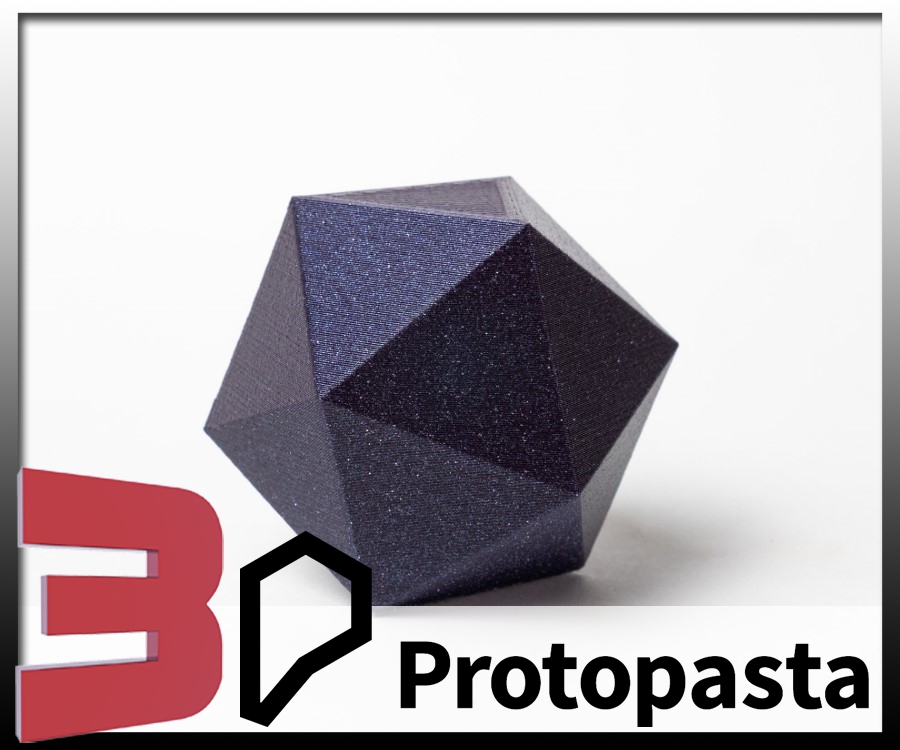
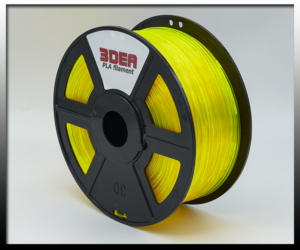
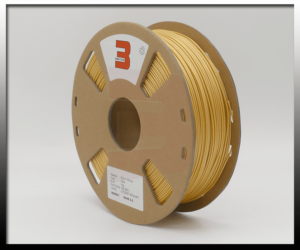
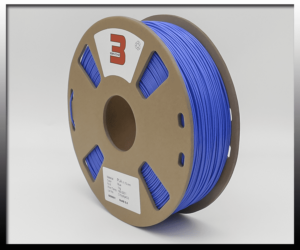
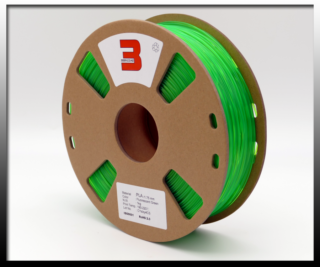
Reviews
There are no reviews yet.